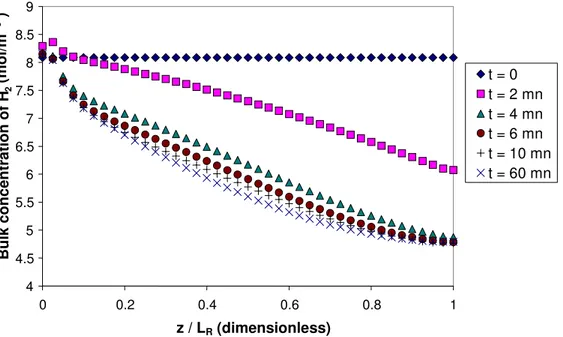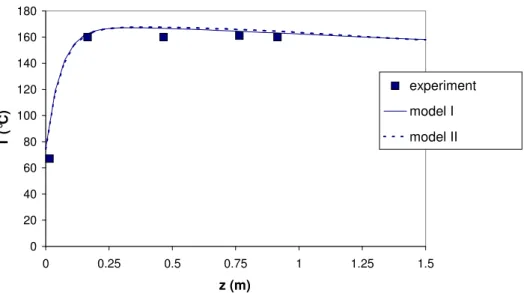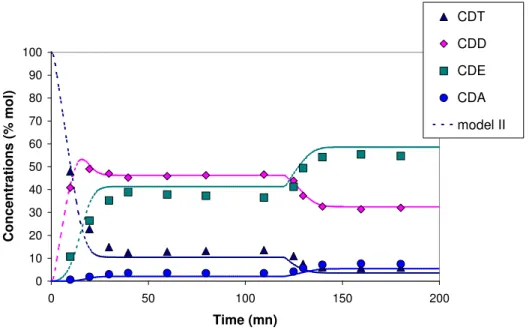Dynamic modeling of three-phase upflow fixed-bed reactor including pore diffusion
Texte intégral
Figure
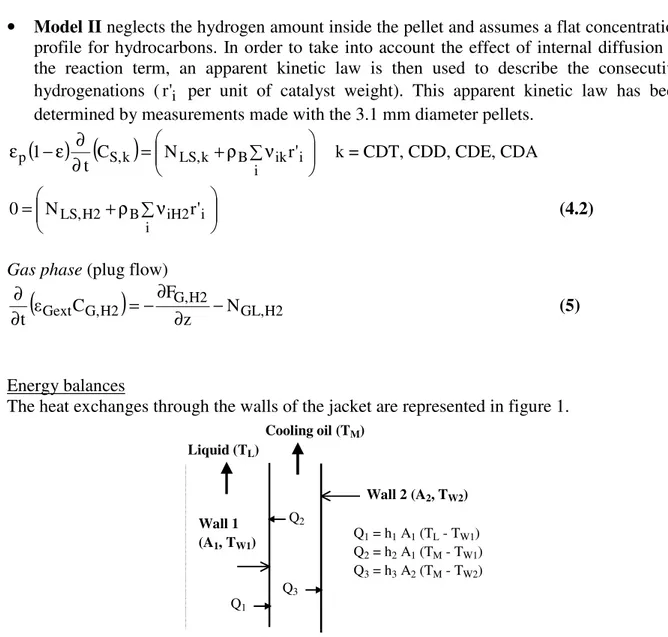

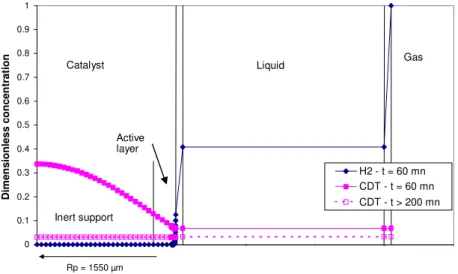

Documents relatifs
pyrolysis temperature In the temperature range investigated, levoglucosan concentration decreases sharply above 500°C (around 5 g/l to less than 2 g/l in condensates)
Sampling and measuring probes are positioned all along the char bed, every 10 cm, enabling online analysis of the temperature, pressure, and gas composition, along with
This shows the reason behind the similarity of the temperature profiles for method B and C, as the catalyst activity does not actually change in method C, indicating that
To overcome these difficulties, we propose a straigthforward proof of the observer's convergence based on Lyapunov stability and we deduce sufficient existence
[1, 2] studied theoretically the influence of the distribution profiles of the active sites on both activity and selectivity of a bi-functional non uniformly
Boundary conditions for the bulkhead and deckhead were varied with the bare plate analysis to reveal that the maximum effective stress concentration was consistently
The support electronics for the fourth generation ptGC included heating circuits for thermal control, support electronics for the flame ionization detector,
The data available to calculate this was the reactor inlet and outlet temperatures measured externally to the bed supports, the masses of catalyst used and polymer formed and the

